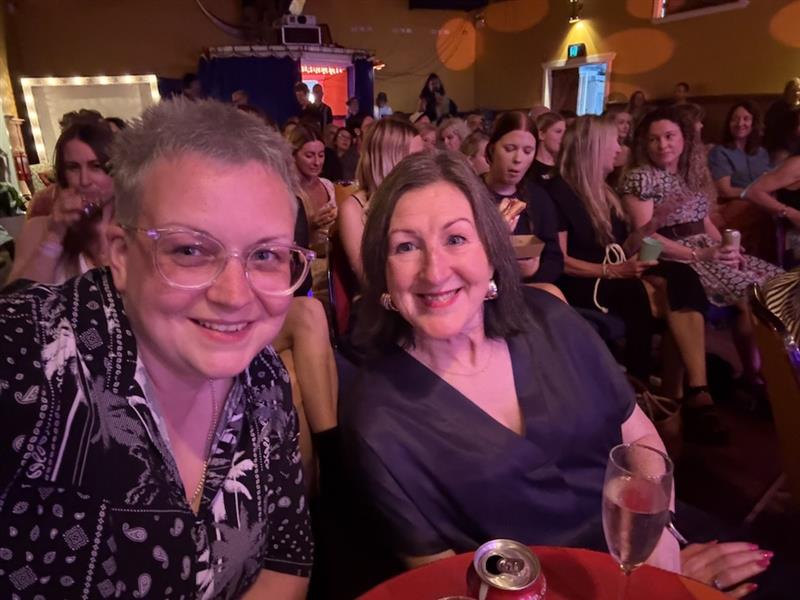For Tasch, home was never just four walls and a roof. It was about feeling grounded, connected and in control, especially after years of uncertainty and isolation.
A lifelong athlete who’s always thrived on movement and community, she knew something was missing. But it wasn’t until she found Accessible Homes Australia that things really began to shift.
The move wasn’t just a change of scenery. It was the beginning of feeling like herself again, a chance to rebuild her independence, regain her confidence and finally feel at home.
Before that, Tasch had been living in Specialist Disability Accommodation that met her physical needs but left her emotionally adrift. The building was quiet. Conversations were rare. Over time, the sense of isolation crept in slowly, until it became the norm.
“The other residents had such high care needs,” she recalls. “No one really talked. I’d go days without a proper conversation. It was like living in silence.”
For someone who has always drawn energy from people and purpose, that silence was deafening.
A Different Kind of SDA
When Tasch moved into AHA’s Hope Island property, everything shifted, not just physically, but emotionally.
“It was a completely different energy,” she says. “You walk in, and people know your name. They say hello. They care about how your day is going. It feels human again.”
That shift is no accident. At AHA, the focus has always been on creating homes that feel lived in and lived with, places that allow someone to live independently, but neighbourhoods that support real connection. It’s not just about the design on paper, but the people who help bring it to life.
For Tasch, two of those people are Gail and Jason, fellow AHA tenants and Tasch’s new neighbours who have their own independent SDA homes, and who’ve become quick friends in Tasch’s new community.
Tasch says what really stood out early on wasn’t just the apartment itself, but the people behind it. “From the start, Brianna from the AHA team made me feel like more than just another tenant,” she says. “She took the time to get to know me — what I’m into, when my next basketball game is on. Angela, who’s also part of AHA’s tenant support team, checks in just to see how I’m going. That kind of support isn’t something you expect, but it means a lot.”
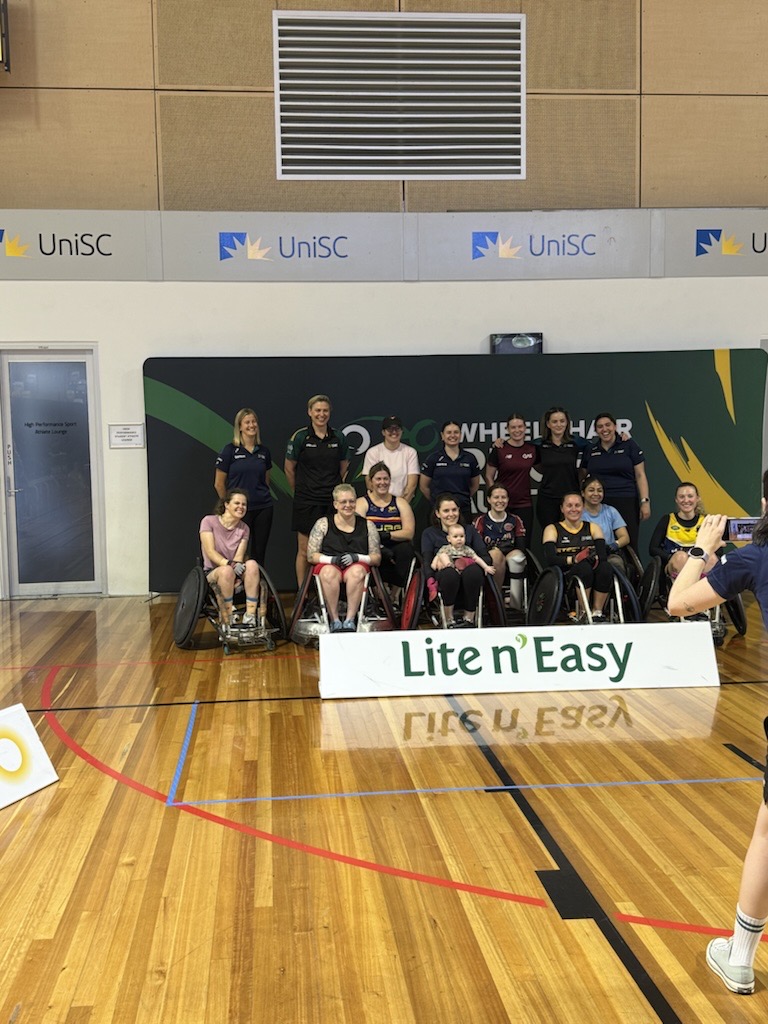
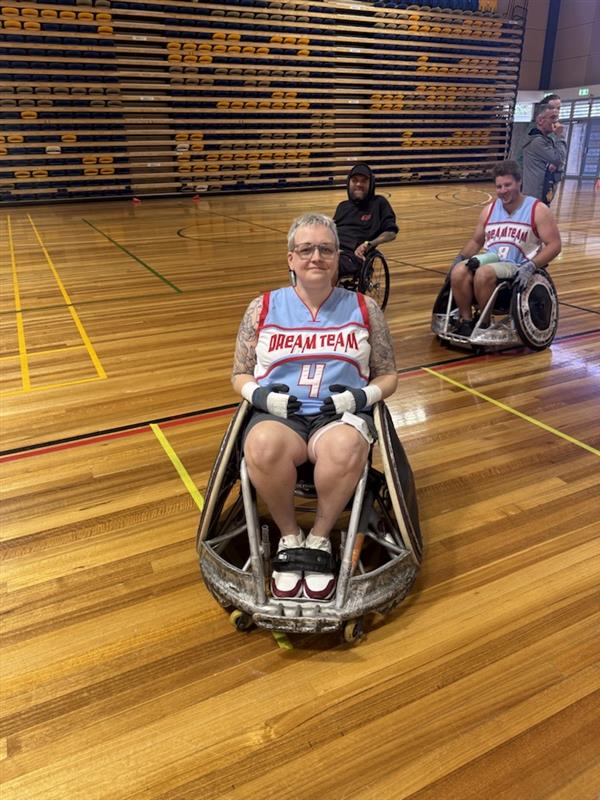
From Sidelines to Centre Court
Sport has always been part of who Tasch is. Growing up, weekends were spent at hockey games, running around in backyard comps, or glued to the footy with her family.
“We were always playing something,” she says. “My two sisters and I didn’t sit still much. Sport was just how we lived.”
But when her health declined, the rhythm changed. There were injuries, long stretches of fatigue, and a steady stream of medical appointments. Sport slipped away.
“I just didn’t have the energy,” she says. “It was all doctors and waiting rooms. That part of me got lost for a while.”
Moving into her new home gave Tasch the space to settle and reconnect with herself. She was already playing wheelchair rugby before the move, but it was through chats with neighbours and encouragement from her new community that she discovered wheelchair basketball. A sport she hadn’t tried before but quickly grew to love.
“Someone mentioned I should come check it out. I’d always watched the games on TV, but being on court? That was something else.”
These days, she trains regularly. She’s quick to play it down, but there’s pride in her voice when she talks about learning new skills.
“I’m still picking things up – like how to turn quickly in the chair or get over little bumps. It’s a totally different way to move, but I love it.”
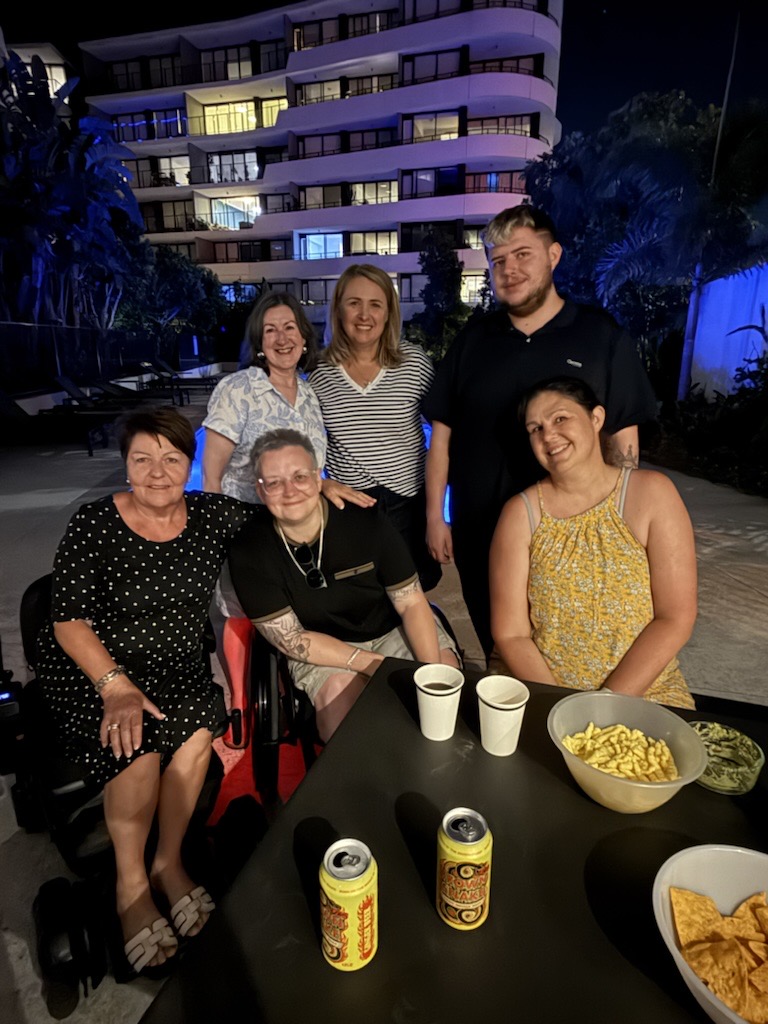
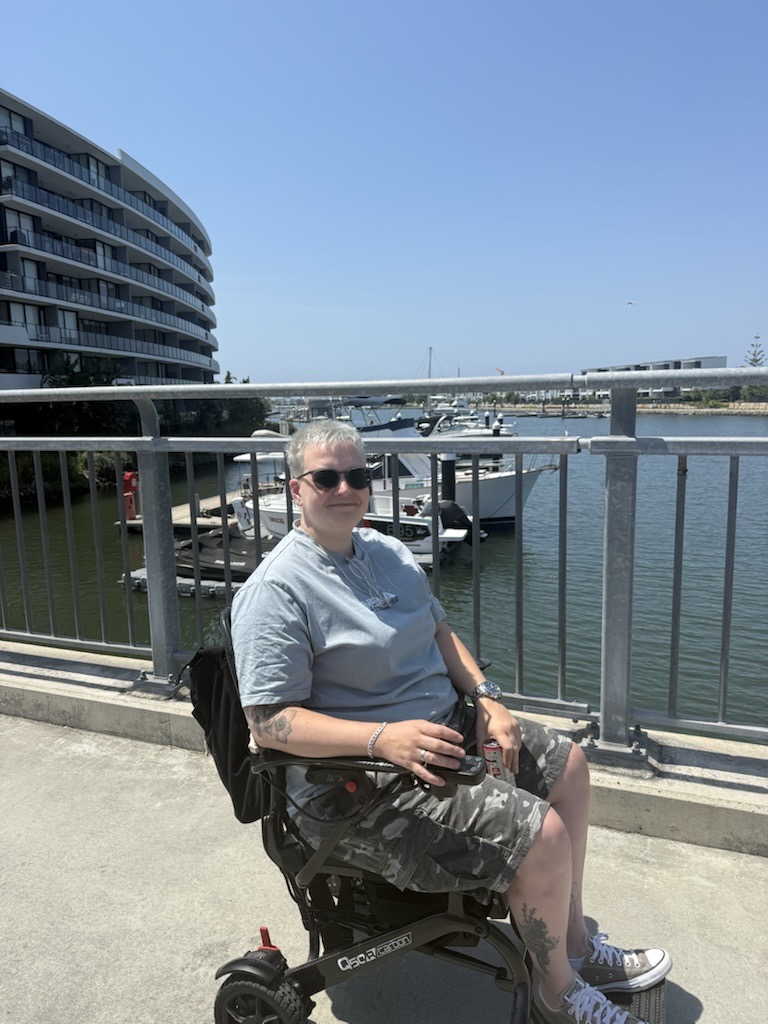
Where Life Finds Its Rhythm Again
Tasch’s apartment gave her back her independence. The space is calm and considered, but more than that, it feels like hers.
“There’s a pool I use at night,” she says. “It’s peaceful. It reminds me I’m in control of my day.”
Outside her door, a community has formed. Familiar faces. Quick chats. A sense of belonging she hadn’t realised she’d been missing.
“I didn’t know how much I needed that until I had it again. Moving here changed everything,” Tasch says. “It helped me find myself again.”
A New Chapter Starts Here
Tasch’s story is just one of many unfolding in AHA’s communities across the country, places built not only for access, but for possibility.
If you’re looking for a home where independence, support and community come together, Urraween Village in Hervey Bay is now open for applications. Designed for people living with disability, this brand-new SDA community offers purpose-built villas in a vibrant, coastal setting.
Learn more or apply today at https://www.accessiblehomes.au/home-designs/urraween-hervey-bay/.
